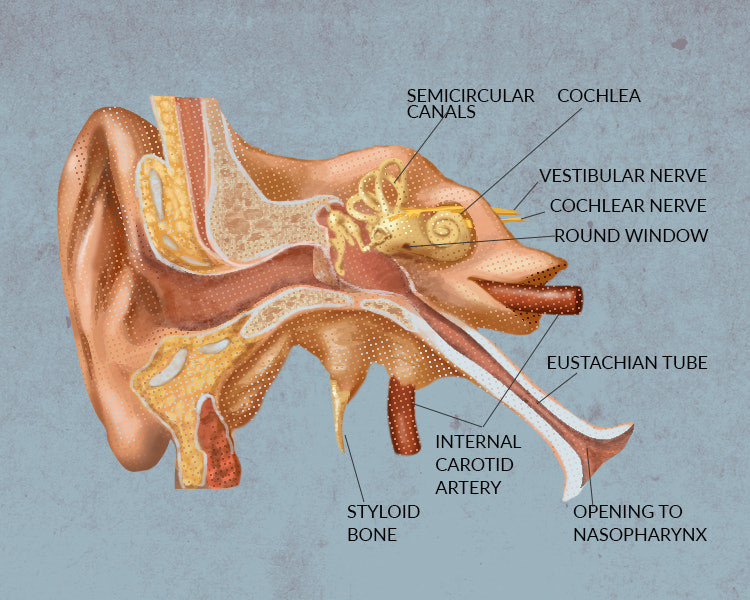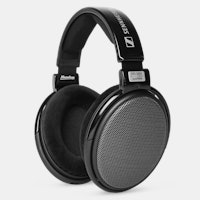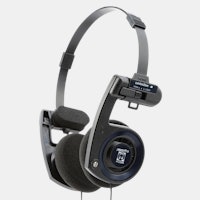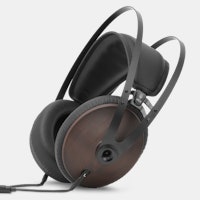Click to view our Accessibility Statement or contact us with accessibility-related questions










Drop 101: The Anatomy of the Ear
We might not give them much thought, but while we go about our day-to-day lives, our ears do some pretty incredible stuff. By transforming vibrations into electrical impulses that our brains can perceive as sound, they allow us to hear the world around us, tune into that new album, groove out at a live show, and so much more. The process is complex, occurs in a split second, and goes on around the clock. It’s happening right now. (And now... And now...) Plus, these little organs pull double duty by helping us maintain our balance, too.










(Edited by moderator han)

search
close
Sort by: Newest
keyboard_arrow_down
Duncan
3731
Feb 8, 2019
ko403okThis is a really great question. Gonna see if the team has any thoughts, but really want to know if anyone else here has any advice in general. I don't have tinnitus... but I do have a friend (a drummer) who suffers from it and I wonder if he has any tips on this too. Will need to get back to you.

notarobot
6
Jun 22, 2016
Have you guys of Aumeo? It's an amp/dac combo that has a custom equalizer that tailors for frequency differences in both ears! I still haven't received my unit from indiegogo so I can't really say much about it yet but they look pretty cool.

phoenixsong
1055
Jun 21, 2016
Hi, thanks for setting up this informative platform! :)
I was just wondering if our hearing would be adversely affected due to pressure build up if we were to simply stuff our earbuds straight into our ears

indi_guy
163
Jun 18, 2016
I always listen at low volume. Just enough to register all the details. One can check their listening ability/defects using an app like this https://play.google.com/store/apps/details?id=mobile.eaudiologia&hl=en
PRODUCTS YOU MAY LIKE
Trending Posts in Audiophile
magica
What lead/cable do i need?
i own a Drop + EPOS PC38X Gaming Headset and i need a new cable that connects the headset to the computer. i dont know what its called and i cant work out what to look for on amazon etc. could someone please help me with this
Dec 21, 2024

MrChiSox
New addition to the stable.
I made the decision to take advantage of the $600. price on the HiFiMan Arya Stealth, here pictured with the Meze 109 Pro. I think 2025 is going to be a really uneventful year so far as new purchases. I've also upgraded my Fiio BTR7 to the newly released BTR17 and I purchased the Earmen stack which consists of Amplifier, Linear PS, DAC & Streamer.
Dec 19, 2024

RNT47
Until when will the Sennheiser 58X and 6XX will be at discount price?
I'm planning on buying either one on the 18th and i'm worried i'll miss the discounted prices
Dec 16, 2024
MusicLvr
Drop x Campfire Audio Darkstar Review
The Darkstar definitely has a a unique sound that has an audiophile sub-bass bias. It is a balanced sound with open sounding mids and well extended treble. There is no mid-bass bloat thanks to...
Dec 4, 2024
bill.davies
BMR2 discounts for BMR1 owners
How about providing a BMR2 discount for BMR1 owners? Most of the "improvements" in the next gen should really have been there in the first which was a pretty big disappointment for most of us. UPDATE: 40% discount offered. That's great, I'm in. Thank you DROP.
Dec 3, 2024
drPOGI
DROP BMR1 Broken?
Can anyone help me with this? Went away for dinner and came back home to my speakers making this static sound(Video Link). Its like this both in Line In and Bluetooth mode. These speakers were super super hot but I was told that it was normal for it to be this way. Sucks that literally I am just about two months out of the 1 year warranty :/ If anyone can help me that'd be great.
Dec 3, 2024














